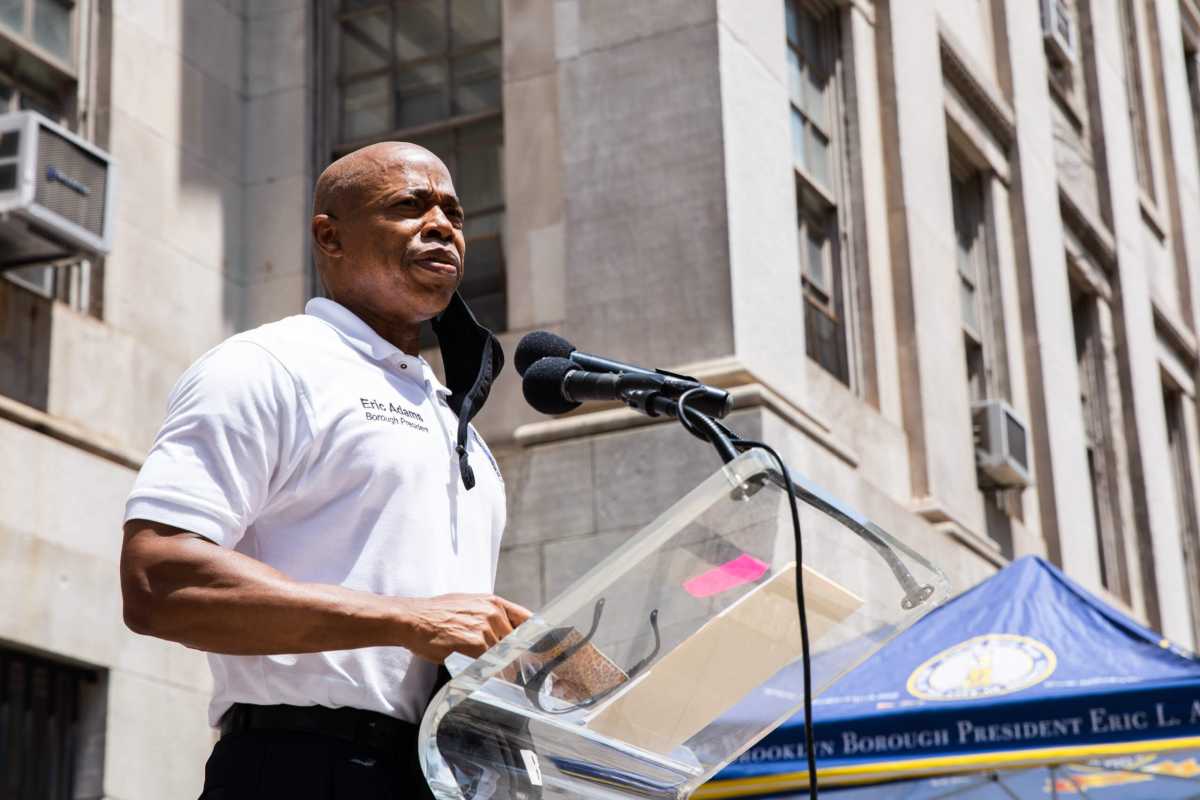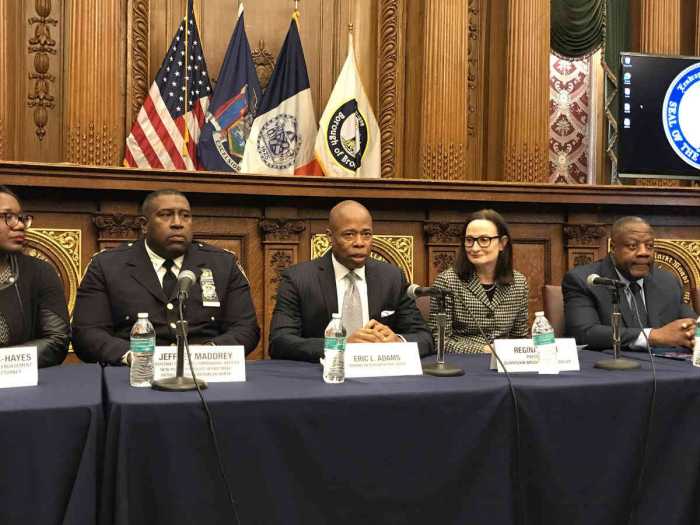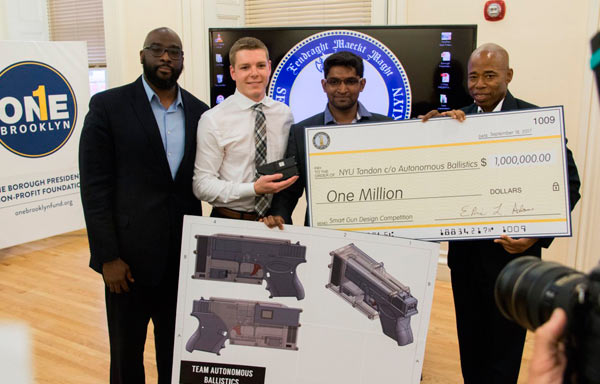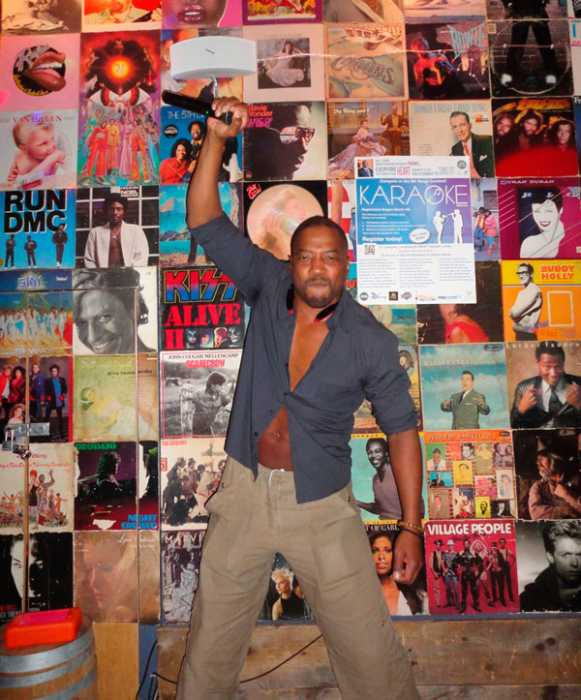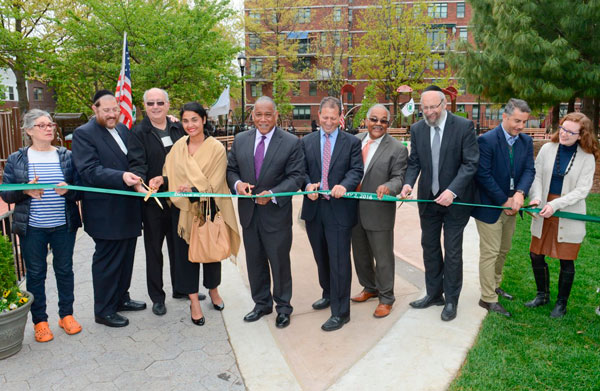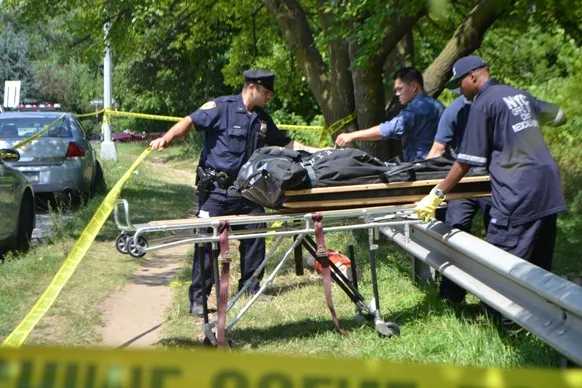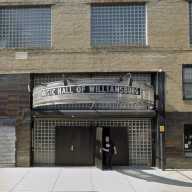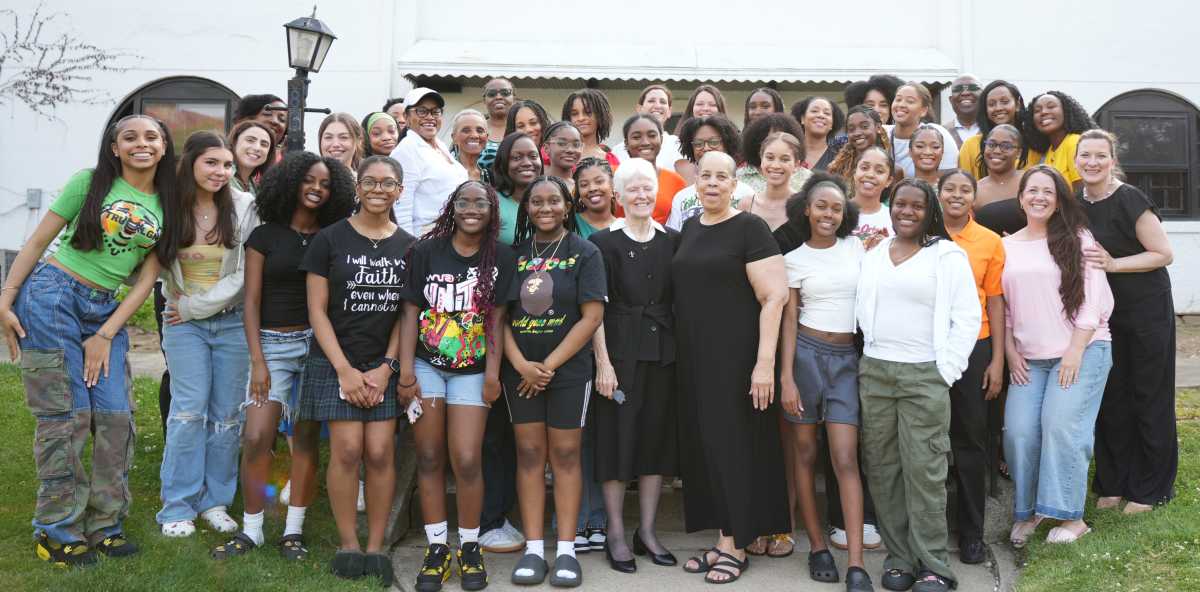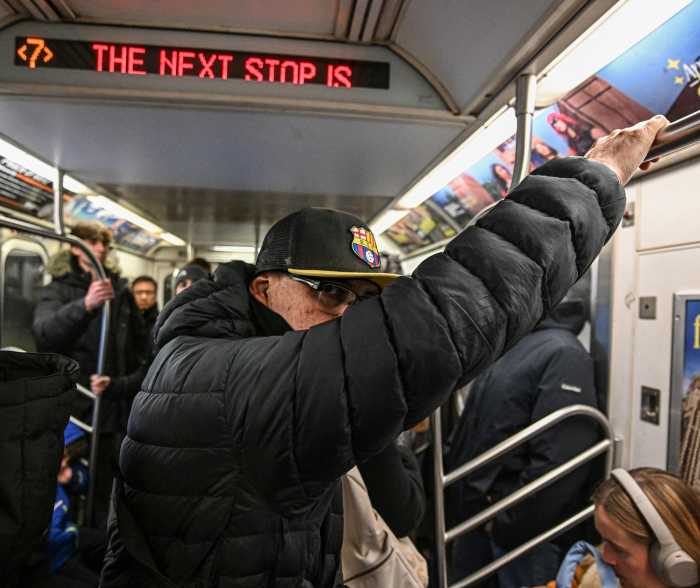In the midst of an unprecedented pandemic, our city is facing yet another crisis: one of public safety. The trends are disturbing: Shooting incidents are up 69 percent this year to date, while shooting victims are up 78 percent. In one week alone, we saw 101 people across the city shot — all of them Black and Brown.
I have said before that there can be no justice without safety, nor safety without justice. The two goals are not mutually incompatible; they go hand in hand. The protests that followed the death of George Floyd have forced a necessary reckoning here and around the country about racially discriminatory policing. While prescriptions for change may differ, we are united in the belief that reform is long overdue. We can uphold public safety while ensuring police are held to the highest standards of conduct.
Earlier this year, NYPD Commissioner Dermot Shea announced the department was disbanding its anti-crime unit and reassigning the majority of the 600 plainclothes officers that comprised them. Plainclothes officers were tasked with stopping violent crimes and cracking down on illegal guns. However, the old unit also embodied some of the worst aspects of policing: From 1999 to 2019, plainclothes officers were responsible for nearly a third of all fatal police shootings in New York City. One of the most infamous cases of police misconduct in New York City, the shooting of Amadou Diallo, involved plainclothes officers.
We must adopt an approach that addresses the very real public safety crisis we’re facing while correcting the abuses of the past. That’s why I believe we need to rebuild the anti-crime unit from the ground up, ensuring that its operations are more transparent, and that the officers who make it up are better equipped to do the job.
I learned during my time on the force that there are two essential components to containing surges in crime like the one we’re seeing now: omnipresence and unpredictability. Police need to have eyes on the street to prevent criminal actions before they occur, and they need to be able to do so in a way that catches the people committing or planning to commit those actions off guard. If every officer has to wear a uniform and drive in a marked vehicle, bad actors will easily be able to identify and avoid them.
Rebuilding our anti-crime unit must start with identifying the right officers for the job. During the George Floyd protests, I spoke about the need for the NYPD to identify a corps of officers with stellar communication skills to serve as the frontline response to ensure demonstrations did not escalate. The same is true of the people who would make up the new, revamped unit. They should be screened for an assignment in the anti-crime unit based on their ability to communicate and de-escalate without resorting to force. While force may be warranted in some circumstances, having plainclothes officers who know how to communicate properly would ensure it isn’t the default.
We also must institute greater oversight measures on the unit. In the past, plainclothes officers operated with little to no behavioral constraints,
I often speak about how New York cannot return to the era when I policed this city, when we were seeing more than 2,000 homicides a year. A deterioration in public safety has negative ripple effects, as we saw in the ’80s and ’90s. People flee the city in droves, which in turn decimates our tax base, which leads to drastic cutbacks in services upon which low-income New Yorkers rely. I am concerned that we are seeing this vicious cycle play out again, albeit amid a vastly different backdrop. I witnessed firsthand how turning policing around helped turn the city around.
Now, we must adapt yet again to ensure we create a safer, more just city. A re-envisioned plainclothes detail should be part of that adaptation.
Eric Adams is borough president of Brooklyn. He served 22 years in the New York City Police Department (NYPD), retiring at the rank of captain, as well as represented District 20 in the New York State Senate from 2006 until his election as borough president in 2013.


